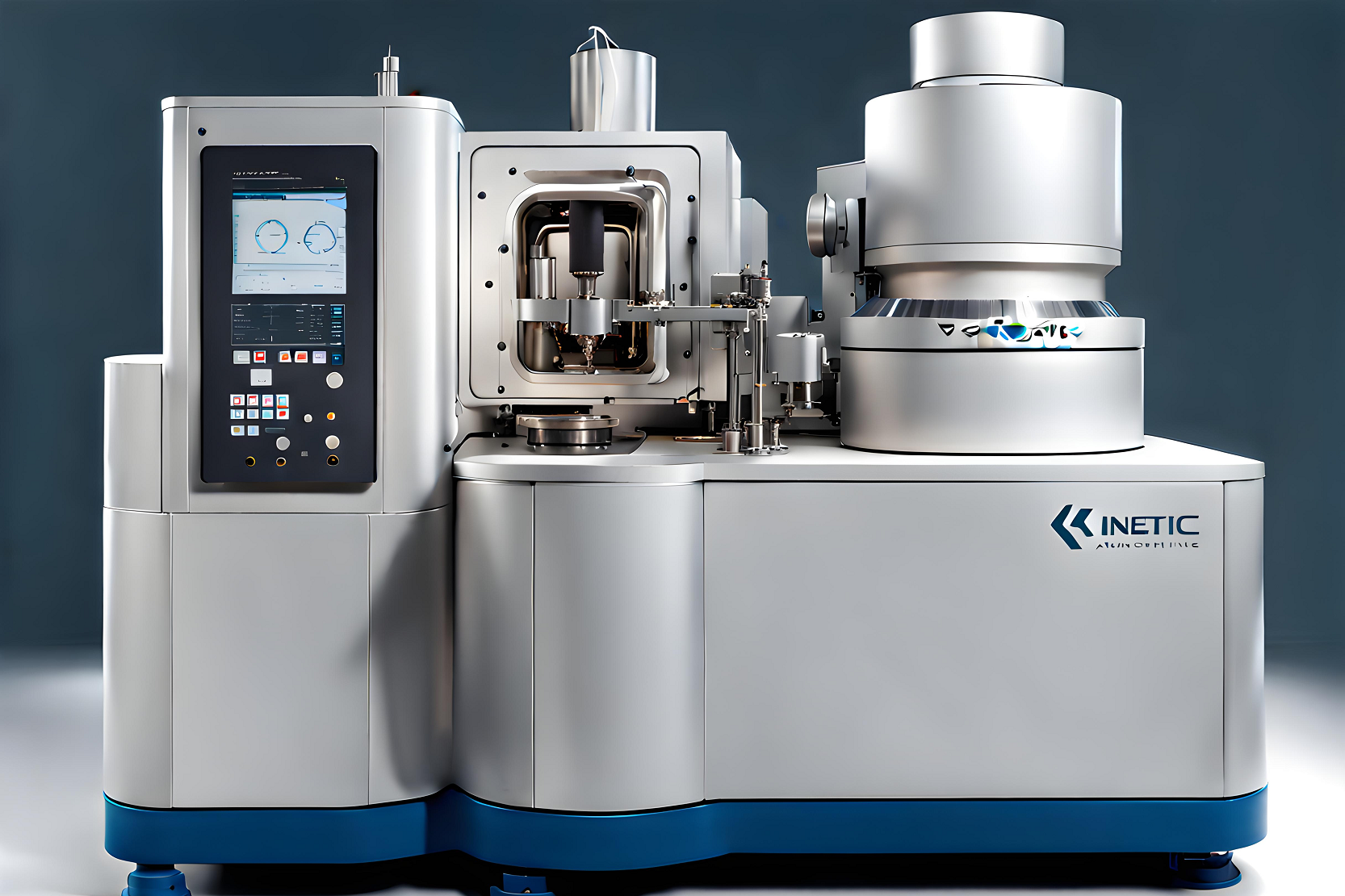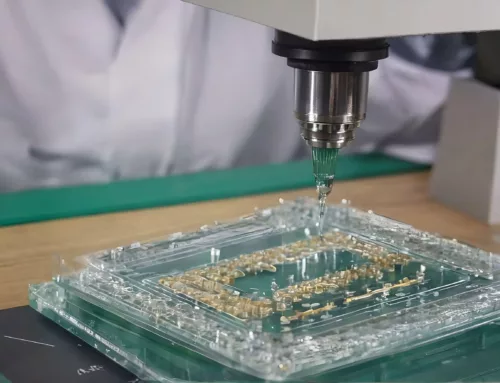
Agglomeration entails the bonding of particles and the creation of more substantial, unified structures from diminutive particles. This remarkable phenomenon has left a lasting mark across diverse fields for centuries. Take, for instance, the field of metallurgy, where the ancient craft of sintering weapons and tools stood as a testament to agglomeration’s enduring legacy. For millennia, metallurgists have harnessed the power of agglomeration, forging bonds between unseen metal particles through carefully controlled temperatures, pressure, and time, transforming loose particles into cohesive, resilient formations. Beyond the metallurgy of the Middle Ages, present-day agglomeration’s influence reverberates throughout our industries, from pharmaceuticals to food processing to aerospace, each domain harnessing the alchemy of particle bonding to engineer materials that are shaping our modern world.
Agglomeration is the age-old artistry of unifying the minute to create substantial and enduring structures, a testament to human ingenuity throughout the past few centuries.
Agglomeration
Agglomeration processes are of paramount importance in numerous industries, serving as the transformative mechanism by which powdered materials undergo conversion into cohesive and functional materials. At the core of these processes resides a foundational phenomenon known as sintering, distinguished by the extraordinary occurrence of particle bonding through the intricate process of atomic diffusion. This universally applicable process spans an extensive spectrum of industries, facilitating the creation of precisely tailored and cohesively integrated materials. Agglomeration’s influence allows industries to produce materials that exhibit a range of desirable characteristics.
In pharmaceuticals, for instance, agglomeration enables the formulation of compressed tablets with controlled drug release profiles, ensuring precise medication delivery. In metallurgy, agglomeration via sintering paves the way for the creation of robust metal parts and components with superior mechanical properties, supporting advancements in aerospace and automotive engineering. Moreover, in the fields of food processing, agglomeration techniques are instrumental in creating instant powders and soluble products, enhancing convenience for consumers. In the agricultural sector, it aids in the production of controlled-release fertilizers, optimizing nutrient distribution in soil over extended periods.
The applications also extend to ceramics, where
agglomeration processes form dense, high-strength ceramic components used in cutting-edge technologies in electronics and aerospace. In the chemical industry, agglomeration is harnessed to produce granulated materials with precisely controlled particle sizes, enabling efficient chemical reactions and product formulations.
Beyond these examples, agglomeration serves as an enabling force in diverse fields, making it possible to design materials with tailored properties, enhanced durability, improved flowability, and optimized performance. This versatility underlines agglomeration’s pivotal role as an indispensable tool, driving innovation and progress across industries worldwide.
Sintering Kinetics
Sintering kinetics in agglomeration is a multifaceted process that requires a deeper exploration. Temperature, pressure, and time are the cornerstones shaping the intricacies of sintering. The Arrhenius equation, revealing the exponential relationship between temperature and diffusion rates, underscores temperature’s role. At higher temperatures, atomic migration between particles accelerates exponentially, intensifying particle contacts and
expediting sintering. This heightened diffusion facilitates favorable chemical processes, such as solid-state sintering, where atoms diffuse to occupy vacancies in adjacent particles, forming robust bonds. Pressure, also, exerts a significant influence by promoting denser particle packing and facilitating atomic diffusion. The application of pressure, as seen in processes like hot isostatic pressing, enhances sintering efficiency. Time, the third critical parameter, cannot be
underestimated. Longer sintering durations permit extensive atomic diffusion, promoting stronger bonds between particles.
At the heart of sintering kinetics lies intricate chemistry, involving surface and vacancy diffusion, neck formation, and Ostwald ripening. The surface diffusion enables atomic migration on particle surfaces, facilitating proximity and bond formation. Vacancy diffusion causes vacancies to be filled, prompting atomic rearrangement and bonding.
The formation of “necks” between particles marks the initial stages, with neck growth rates being governed by temperature and time. Over time, Ostwald ripening emerges, where larger particles grow at the expense of smaller ones, reshaping agglomerate structures. This understanding of sintering kinetics empowers researchers and engineers to optimize agglomeration processes, yielding tailored materials with exceptional properties across diverse industries.
Fundamentals
Sintering kinetics is a complex yet fundamental aspect of agglomeration processes. Temperature, pressure, and time are critical parameters that profoundly affect the rate and quality of sintering. The underlying chemistry processes, including surface diffusion, vacancy diffusion, neck formation, and Ostwald ripening, provide insights into the mechanisms driving particle
bonding. Optimizing sintering kinetics is essential for achieving the desired agglomerate properties in various industries. Researchers and engineers continue to explore innovative ways to control these parameters, leading to more efficient and tailored agglomeration processes. Unlocking new possibilities for creating more advanced materials with superior properties and performances.




